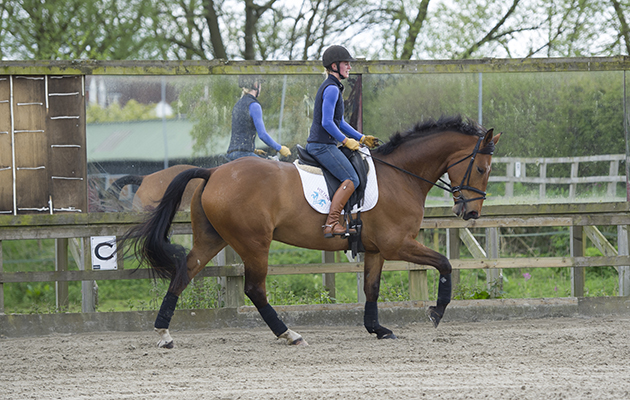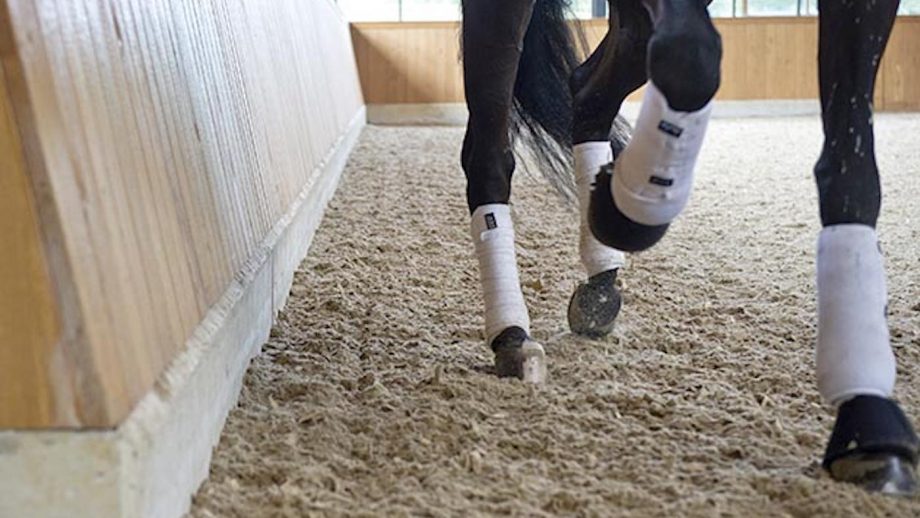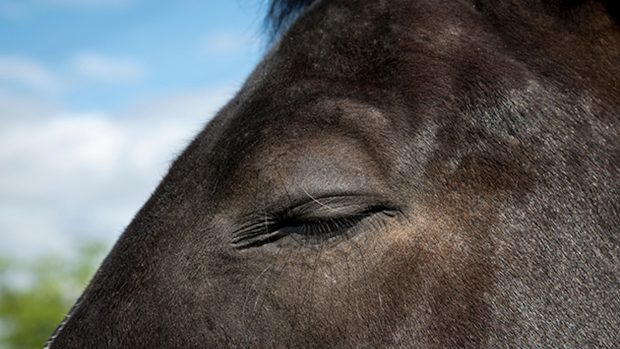US dressage rider, trainer and author Jane Savoie, who passed away in December 2020, explains what this movement is, why it is useful and most importantly, how to half halt.
1. The half halt is the most important, yet most misunderstood concept in riding. It can help you put your horse on the bit, but you also need it for every change of gait, balance, movement, or exercise.
2. It is used to bring the horse into an improved state of balance.
3. There is no stopping in this movement. Think of it as a half-go instead. Every half halt contains the power, the surge, or the thrust from behind that you’d have if you asked for a medium gait.
4. There is one generic half halt. It consists of the momentary closure of seat, legs, and hands.
5. The confusion about riding this movements stems from the fact that there are many possible variations of that generic half halt because you can use your seat, legs, and hands in different ways. To add to the many options available, you can also vary the duration and the intensity of the half halt.
6. Different variations of the generic half halt create different results such as connection, collection, or preparation for something new.
7. To put your horse on the bit, use the version of the half halt that connects your horse’s back end to his front end. I call this the connecting half halt.
8. This connecting version consists of three sets of aids.
- A. Driving aids (seat and two legs)
- B. Bending aids (inside rein and both legs)
- C. The rein of opposition (outside rein)
9. These aids are applied for about three seconds and to the naked eye it appears the aids are given at the same time, although in reality they are not.
10. How to ride the connecting half halt:
A. First, close both calves as if you’re squeezing toothpaste out of a tube to create that surge of power from behind (you’ll only be using your legs as your driving aids at this point. I’m purposely leaving the seat out for now to keep things simple.).
B. Next, close your outside hand (rein of opposition) in a fist to capture, contain, and recycle the energy back to the hind legs.
C. Finally, give three little squeezes and releases on the inside rein to keep the neck straight (if you don’t use your inside hand, your horse will bend his neck to the outside because your outside hand is closed in a fist for so long.).
D. After three seconds, soften everything . Go back to the light, maintenance pressure of legs and hands you had in the beginning before you gave the half halt.

14 things your trainer might have said — warning: sense of humour required

How to use your legs correctly when riding a horse: our ultimate guide

Rider biomechanics: 13 things to bear in mind if you want to be a good rider

Subscribe to Horse & Hound this spring for great savings
Horse & Hound magazine, out every Thursday, is packed with all the latest news and reports, as well as interviews, specials, nostalgia, vet and training advice. Find how you can enjoy the magazine delivered to your door every week, plus options to upgrade your subscription to access our online service that brings you breaking news and reports as well as other benefits.




